
|
|
|
|
|
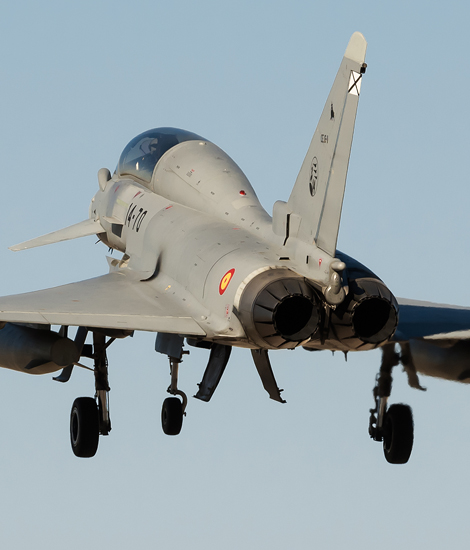
|
The Composition of the TLP Course; Albacete, October 7 & 8, 2014
Tactical Leadership Program, part 1; Text and Photograph's by Alex van Noye
Much has changed since the relocation of the TLP course from Florennes in Belgium to Albacete in Spain. The TLP is a course which is continuously adapted to modern war scenarios. The participants of the TLP are all derived from the various NATO countries and PfP countries; also external assets join the TLP as well.
The organization of the TLP was based at a new location since 2003 where they could operate with better weather conditions. The Belgian Government wanted besides this fact also that the TLP would move to another country, because the Belgian airspace is saturated with traffic. The TLP organization announced in 2007, the new location Albacete-Los Llanos in Spain. The Spanish Council of Ministers approved the proposal of moving the TLP to Spain on October 26, 2006. The agreement was signed by all parties for the practical plans to move to Spain. The Tactical Leadership Program moved as part of the Allied Command Operations to Spain. The Spanish airbase Albacete-Los Llanos was appointed permanently as the new TLP location in 2009. The airfield is located in a region of Spain which is much less crowded than the area around Florennes in Belgium. Even the weather is considerably better in Spain and there are more areas where aircraft are able to practice low level flights. In addition to Spain also Canada and Turkey were in the race to host the TLP in their country. Eventually Spain was appointed as the best candidate for the training exercise after an extensive study. This choice was also widely supported by other NATO partners who regularly send students to the TLP. The ACO TLP moved to Albacete in Spain in June 2009. Canada pulled their liaison officer back from that moment and Greece and France became full MoU members.
The current TLP course consists of 26 slots; each slot is equal to the participation of an aircraft and its entire crew. The MoU countries annually buy some of these places depending on their operational needs and commitments. The remaining slots are offered and sold to other NATO countries. These countries send detachments to the TLP acting as guest participants. Some guest countries which regularly participate in the TLP are Norway, Portugal and Turkey. The TLP annually organizes six flying courses. When classifying the participants on the open slots, they look at the balance
|
|
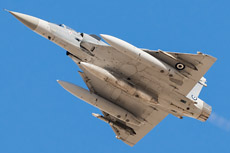
|
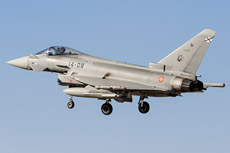
|
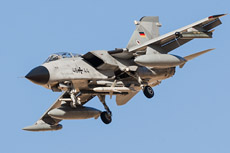
|
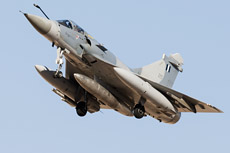
|
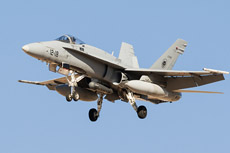
|
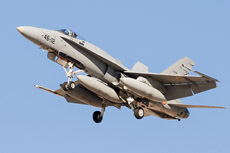
|
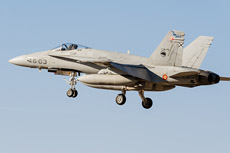
|
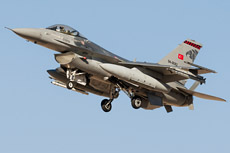
|
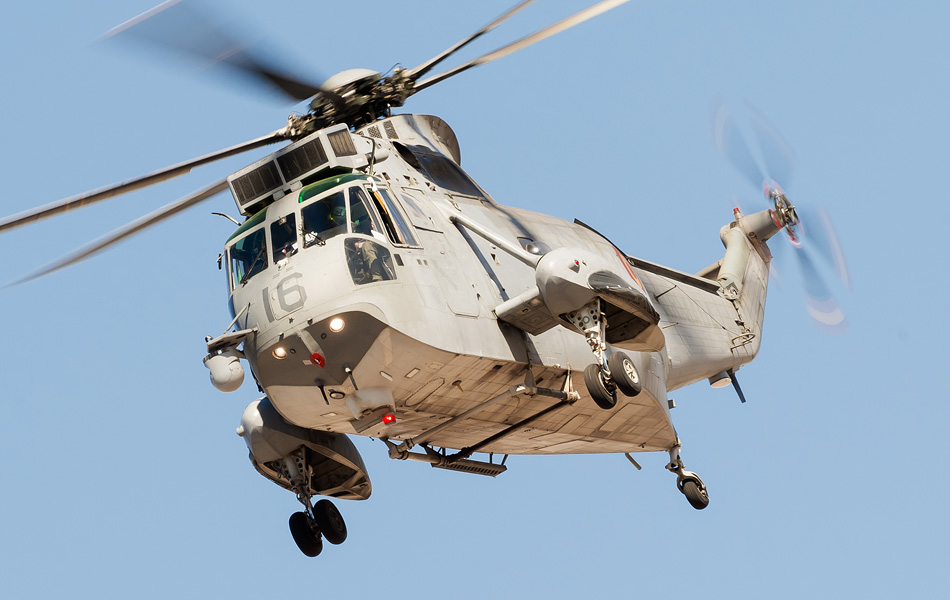
|
among the various types of aircraft. This is of course partly dependent on seats which are sold and the currencies of the participating countries which sent aircraft to the TLP. Each TLP course contains normally 12 to 18 participants using the aircraft in the air to ground role, such as close air support, suppression of enemy air defense and aerial reconnaissance. In addition to these participants, there are usually between four to eight participants present which are specialized in the air defense role. Participants have generally always a two-seater version of the aircraft type present at the TLP. In many cases these aircraft have double controls for training purposes. These aircraft are often used by TLP instructors who are flying along during the missions to monitor the mission and for control purposes.
From the second week also external assets are involved in the TLP. The purpose of these additional participants is to increase the realism of the exercise. Different types of external participants will join in the different phases of the TLP program. The additional participants which often participate in the missions are aircraft such as an E-3 Sentry, support helicopters, transport and tanker aircraft and ECM and SEAD aircraft. Also additional fighters participate on a regular base. Many TLP missions are monitored and controlled by the E-3A Sentry from Geilenkirchen Germany. Usually these aircraft fly from Albacete and also the crews of the unit participate in the briefing of the mission. Light transport and support helicopters are generally used during the second week of the TLP. The helicopters are provided by the countries which supply aircraft to the TLP. The helicopters are used to fly around the instructors and observers to the target areas of the mission. These people observe the mission and judge the degree of success with the debriefing. The helicopters also have the SAR task during the mission. The helicopters are standby in case something goes wrong and there is an aircraft which crashed. From Friday in the second week also cargo planes fly along during the exercise. The purpose of this participation is the practice of missions with slow-moving aircraft in a hostile environment. The TLP participants often get the task to protect them against enemy activities and to guide these aircraft safely through the enemy territory. These activities may include hostile enemy aircraft, but also anti-aircraft batteries.
During the third and fourth week of the TLP even more external participants took part in the exercise. The additional participants who join during this phase form a strong opponent for the TLP students. The additional participants can be used as a strong enemy unit, but also as an addition to the escort fighters of the participating TLP students. For both types of missions, there are four to eight additional combat aircraft needed which often operate in the air defense role. The external participants may come from any unit within the NATO. These aircraft are often Belgian and Dutch F-16s, French Mirage 2000Cs and Spanish EF-18s. The aggressor specialists who fly along regularly are often the British Hawks of the no 100 Squadron. The advantage of many different participants is that the mission is unpredictable for the students. The participation of external participants ensures that students are trained at a maximal intensity. Often the external participants come from the units which also have students at the TLP course. This construction of the division of operational units is mainly at the Turkish and Greek units very popular. Two additional Greek Mirages are deployed during the third and fourth week of the TLP while the same unit has students at the TLP during the complete four week course. In this way students will fight against their own colleagues. Besides the participants of the TLP, these external participants are also trained extensively during these missions in a realistic scenario.
|
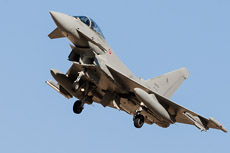
|
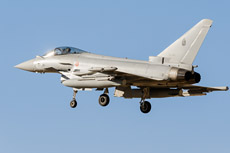
|
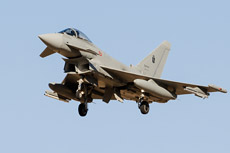
|
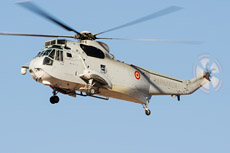
|
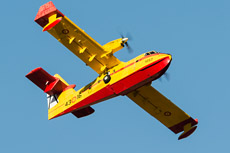
|
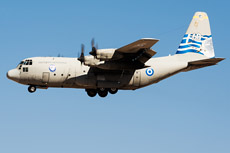
|
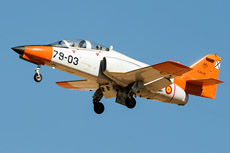
|
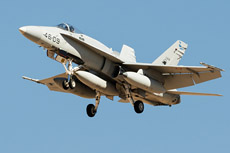
|
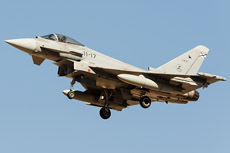
|
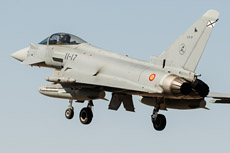
|
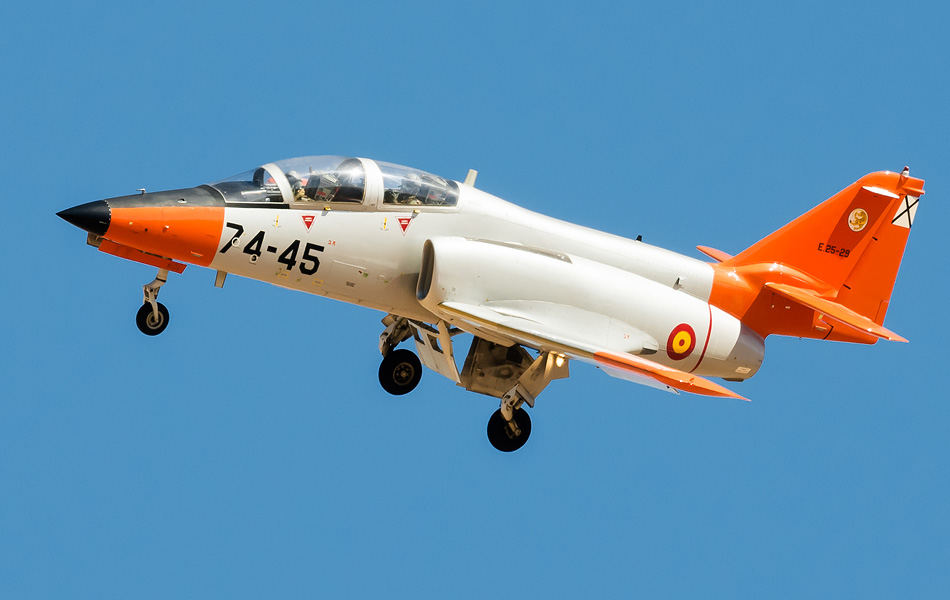
|
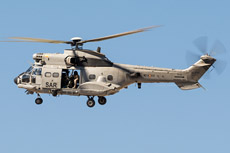
|
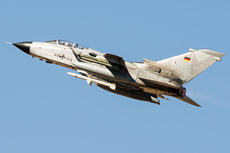
|
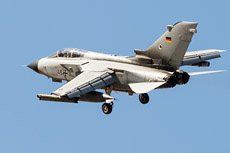
|
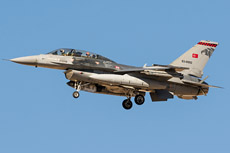
|
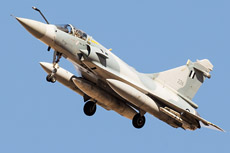
|
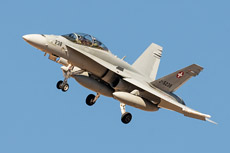
|
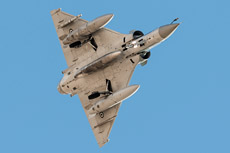
|
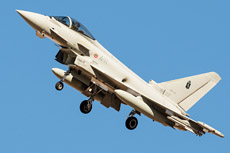
|
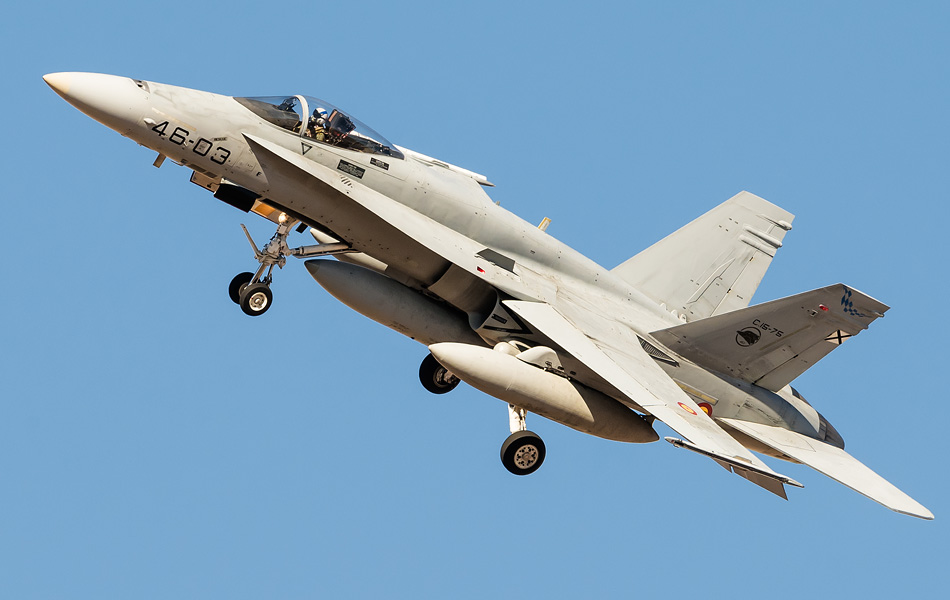
|
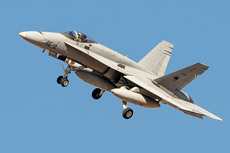
|
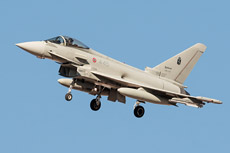
|
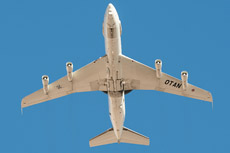
|
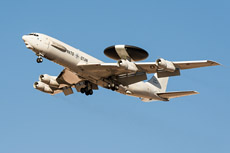
|
|
|

|







